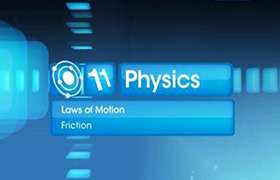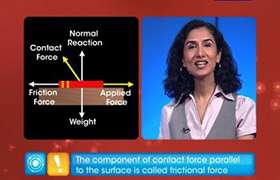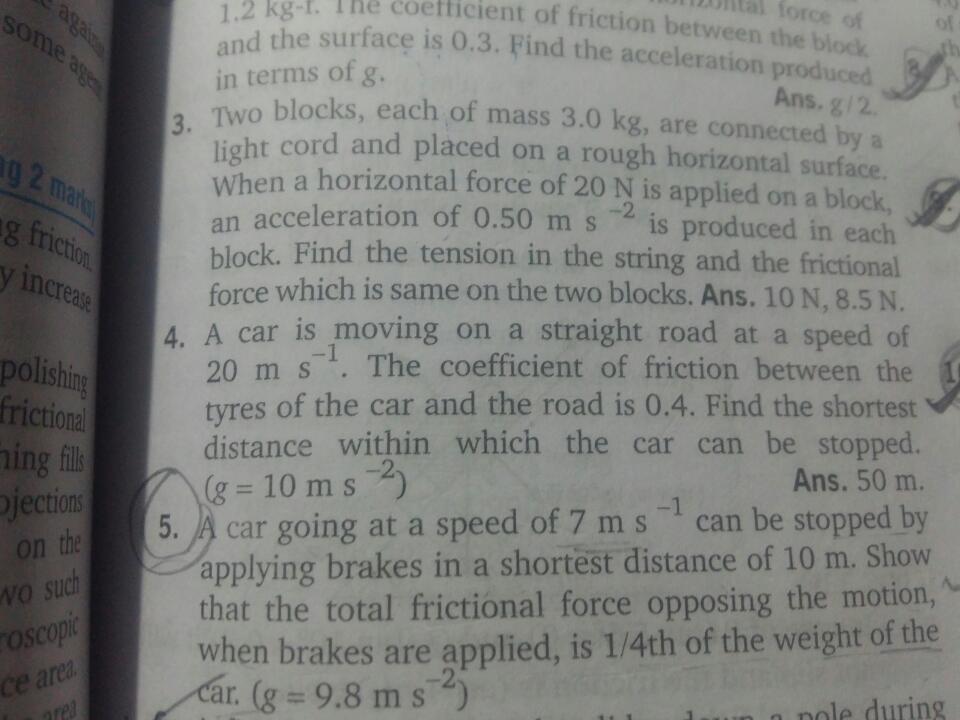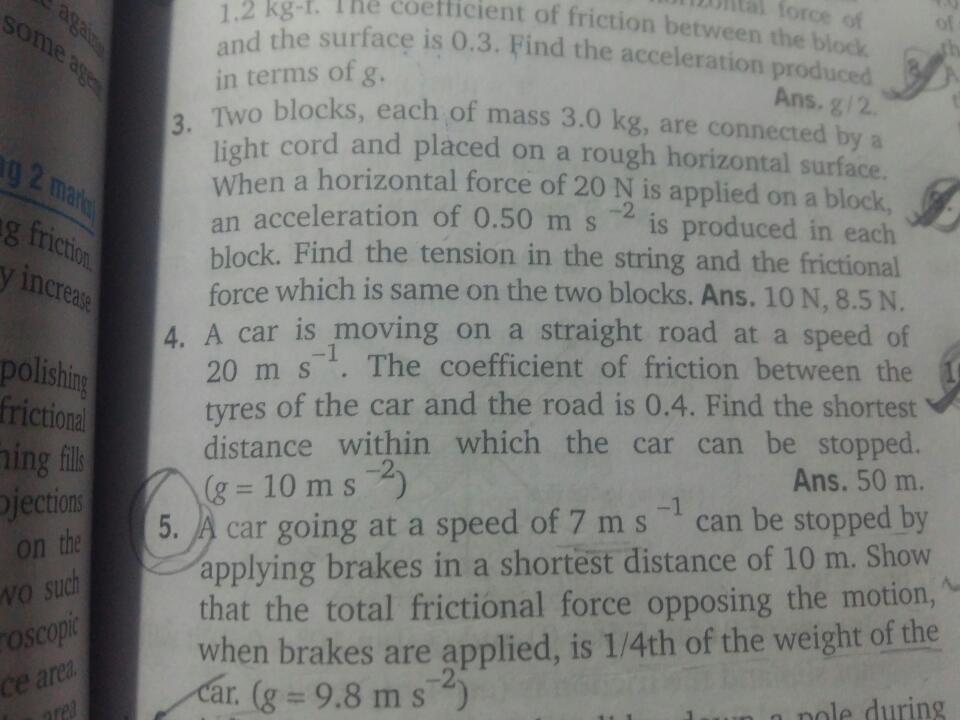CBSE Class 11-science Answered
A body of mass 200 gm lies on a rough surface whose coefficent of friction are  s = 0.5 and
s = 0.5 and  k = 0.3. A horizontal force F varies as F = t/2 (where F in newton and t in sec ) is applied on body. Calculate -: (g = 10m/s )
k = 0.3. A horizontal force F varies as F = t/2 (where F in newton and t in sec ) is applied on body. Calculate -: (g = 10m/s )
 s = 0.5 and
s = 0.5 and  k = 0.3. A horizontal force F varies as F = t/2 (where F in newton and t in sec ) is applied on body. Calculate -: (g = 10m/s )
k = 0.3. A horizontal force F varies as F = t/2 (where F in newton and t in sec ) is applied on body. Calculate -: (g = 10m/s )- accleration at time t = 1s, 2s, 3s.
- velocity at time t = 3s.
Asked by adityagupta9696 | 10 Oct, 2015, 01:59: PM
Dear adityagupta9696@gmail.com
Thanks for asking us a question in Ask the Expert section of TopperLearning.com.
We have not understood the query that you have posted.
You have mentioned that F varies as F = t/2. This equation is dimensionally incorrect as L.H.S is in newtons and R,H.S is in seconds.
Kindly check the quation and post it again so that we may answer this to the best of the ability.
Regards
Topperlearning Team.
Answered by Romal Bhansali | 10 Oct, 2015, 04:11: PM
Concept Videos
CBSE 11-science - Physics
Asked by nusratjan246 | 07 Aug, 2020, 11:26: AM
CBSE 11-science - Physics
Asked by kaustubh | 17 Mar, 2019, 10:49: PM
CBSE 11-science - Physics
Asked by lovemaan5500 | 22 Jan, 2019, 08:59: PM
CBSE 11-science - Physics
Asked by lovemaan5500 | 22 Jan, 2019, 08:55: PM
CBSE 11-science - Physics
Asked by Topperlearning User | 04 Jun, 2014, 01:23: PM
CBSE 11-science - Physics
Asked by Topperlearning User | 04 Jun, 2014, 01:23: PM
CBSE 11-science - Physics
Asked by Topperlearning User | 06 Jun, 2014, 07:51: AM
CBSE 11-science - Physics
Asked by Topperlearning User | 06 Jun, 2014, 08:32: AM
CBSE 11-science - Physics
Asked by Topperlearning User | 06 Jun, 2014, 08:34: AM
CBSE 11-science - Physics
Asked by Topperlearning User | 06 Jun, 2014, 08:37: AM






